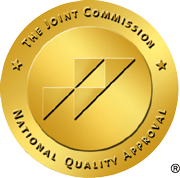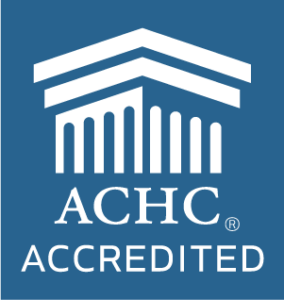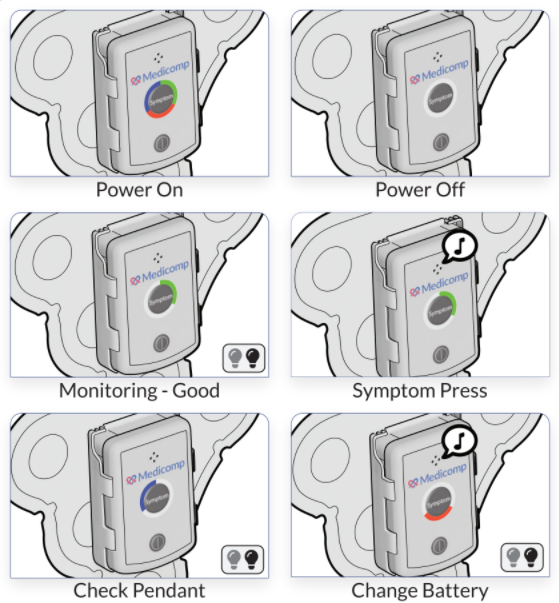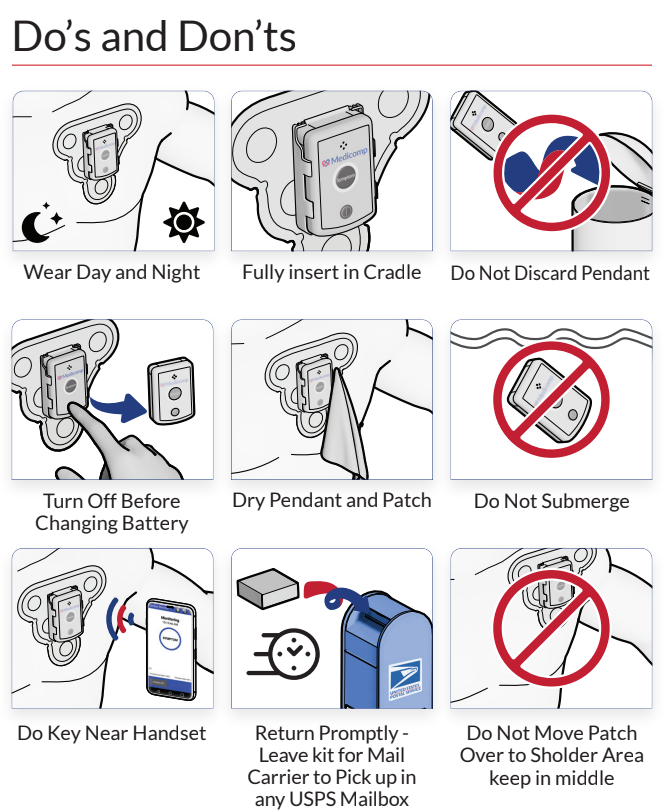The last visit to your primary care physician uncovered a possible issue with your heart that may require a patch monitor. The appointment for a cardiologist is approaching, and you are rather nervous. How will this visit be different from a regular doctor visit? Do you need to prepare? ReactDx understands the initial visit to a cardiologist may be intimidating, and they have the following guidelines of what you can expect on your first visit.
- Preparing for the cardiologist will be similar to any doctor visit when it comes to your medicines. She or he will ask what medicines you are taking and the dosages of each. Be sure to include over-the-counter drugs, such as aspirin or diet pills, since these affect the heart. If you take any herbal medicines, include those as well.
- Make a list of any heart-related issues you may have noticed, such as palpitations or shortness of breath. Write the time and duration of these incidents and what you were doing before anything occurred. Include any questions you may have because once you are in the examination room, you tend to forget all your carefully thought-through questions.
- Your doctor will ask about your medical history and any pertinent family medical history. Write down ages for any family members who may have passed away from heart disease.
- After a thorough physical examination, your cardiologist may complete a series of non-invasive tests or refer you to a nearby or in-house clinic for these tests. Included may be a stress test on a treadmill, a nuclear stress test where a short-lived radioactive dye is injected into your bloodstream to watch the activity of your heart, an echocardiogram in which a sound wave reports heart action, a CT angiogram to scan the heart and large arteries, a magnetic resonance angiography (MRA), and/or a positron emission tomography (PET) scan. A technologist or physician specialized in operating the diagnostic machinery will be present at all times and your cardiologist or a radiologist will read the results. If any blockage or other anomalies are noted, further action will be taken.
These non-invasive procedures may lead to appointments with an interventional cardiologist, a follow-up appointment with your cardiologist, further testing, or possibly surgery. You may have an in-patient operation, such as a stent (a small coil) inserted in a partially blocked artery, or you may have procedures such as an angiogram, angioplasty, or additional surgery. Following surgery, a patch monitoring device from ReactDx may be recommended to ensure the procedure was successful. Contact us at 800-23-HEART (800-234-3278) for information on their patch monitor devices, and browse our website for information on ReactDx’s many cardiac devices and services.



